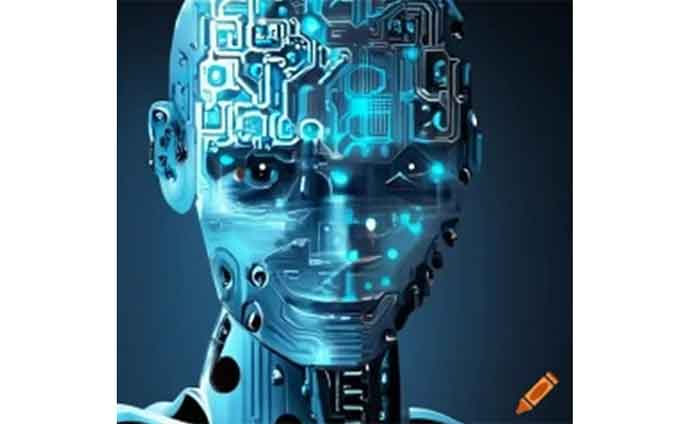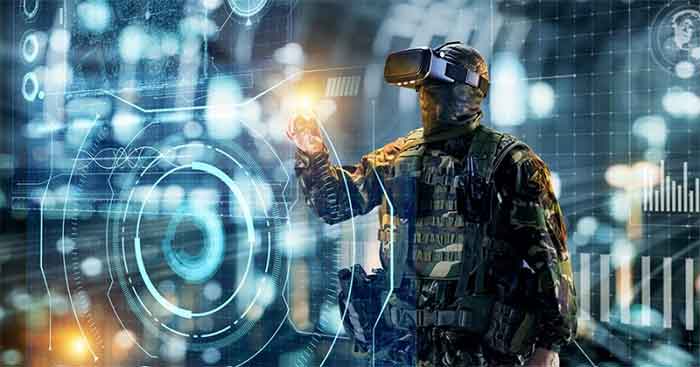
There is a recent paper in Nature, Antipsychotic drug efficacy correlates with the modulation of D1 rather than D2 receptor-expressing striatal projection neurons, where the a part of the abstract stated that “Elevated dopamine transmission in psychosis is assumed to unbalance striatal output through D1- and D2-receptor-expressing spiny-projection neurons (SPNs). Antipsychotic drugs are thought to re-balance this output by blocking D2 receptors (D2Rs). In this study, we found that amphetamine-driven dopamine release unbalanced D1-SPN and D2-SPN Ca2+ activity in mice, but that antipsychotic efficacy was associated with the reversal of abnormal D1-SPN, rather than D2-SPN, dynamics, even for drugs that are D2R selective or lacking any dopamine receptor affinity.”
Simply, there is a problematic rationing of dopamine in psychosis. The experience of psychosis as a mental illness is known as a disorder of the mind. So, it can be postulated that rationing of chemical impulses of neurons plays a role in order and disorder across situations and conditions.
Theoretically, the human mind is the collection of all the electrical and chemical impulses of neurons, with their features and their interactions. This means all that is experienced as consciousness, intelligence, memory, emotion, feeling, sensation, perception, regulation and so forth are the results of the features and interactions of the components of mind.
The mind is not receptors nor is it neurons. Those are parts of the brain. They are closely involved and play a role in fills, rationing, features adaptation and so forth, but they are secondary to electrical and chemical signals, as the mind.
There are sets of electrical impulses striking at sets of chemical impulses at any time, to determine functions. In sets, the features of these impulses make determinations. For example, what is termed as predictions, is the split of sets of electrical impulses ‘acquiring’ chemical impulses.
There are ‘drifts or stairs’ or receptors, where rationing or fills of sets of chemical impulses differentiate a taste from a smell, or the degrees of a certain taste, or a memory from an emotion, or the functions of the striatum to that of the hippocampus.
Chemical messages also include neuropeptides, whose ability encompasses sending of long distance messages to key areas—where a function is more prominent.
The features of sets of electrical impulses are pre-/prioritization, sequences, early-splits or go before. Features of sets of chemical impulses include a principal spot, thick and thin shapes, stairs or drifts and bounce points. They explain all observations including flow state, default mode network, central executive, short-term memory, long-term memory, predictive coding, processing and prediction error.
The human mind processes all senses, internal and external. It is the mind that determines relationship with the external world. The mind is responsible for processing everything digital, including the outputs of AI.
The possibility for AI to reproduce things in digital forms makes it difficult for the mind to differentiate between fake and original. The power of digital to stir emotions and drive action also makes the mind vulnerable to the strengths of AI.
This necessitates the exploration of how the mind works, at least theoretically, to expose some of the patterns of interactions and the features of its components, to make it possible to decide how some outputs come about, towards better control.
AI safety, ethics and regulation is often explored with risks, threats and dangers, but the mind is a channel to understand, so that whatever is coming from AI meets better prepared minds, against what could look like some negative experiences of social media.
David Stephen does research in theoretical neuroscience. He was a visiting scholar in medical entomology at the University of Illinois, Urbana-Champaign, UIUC. He did research in computer vision at Universitat Rovira i Virgili, URV, Tarragona.














































